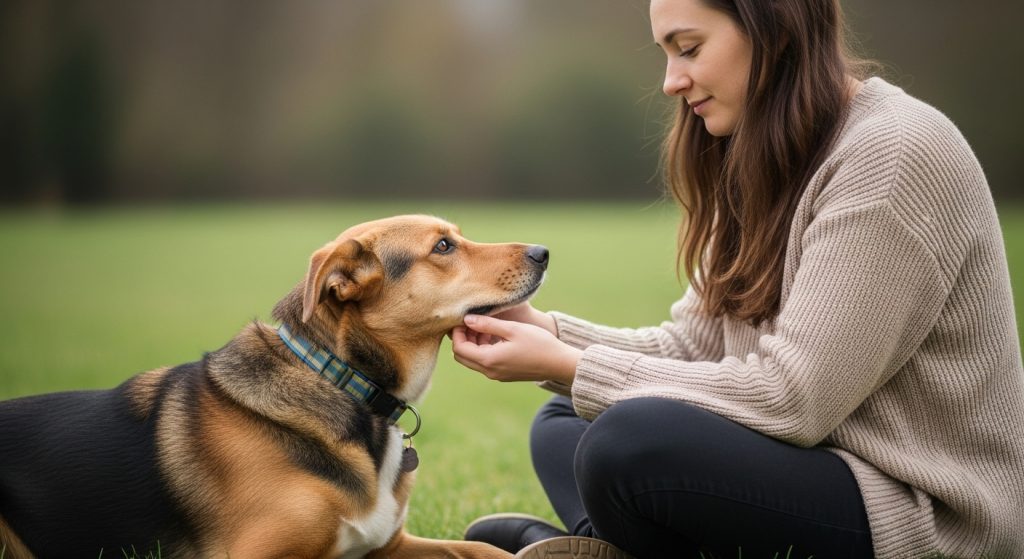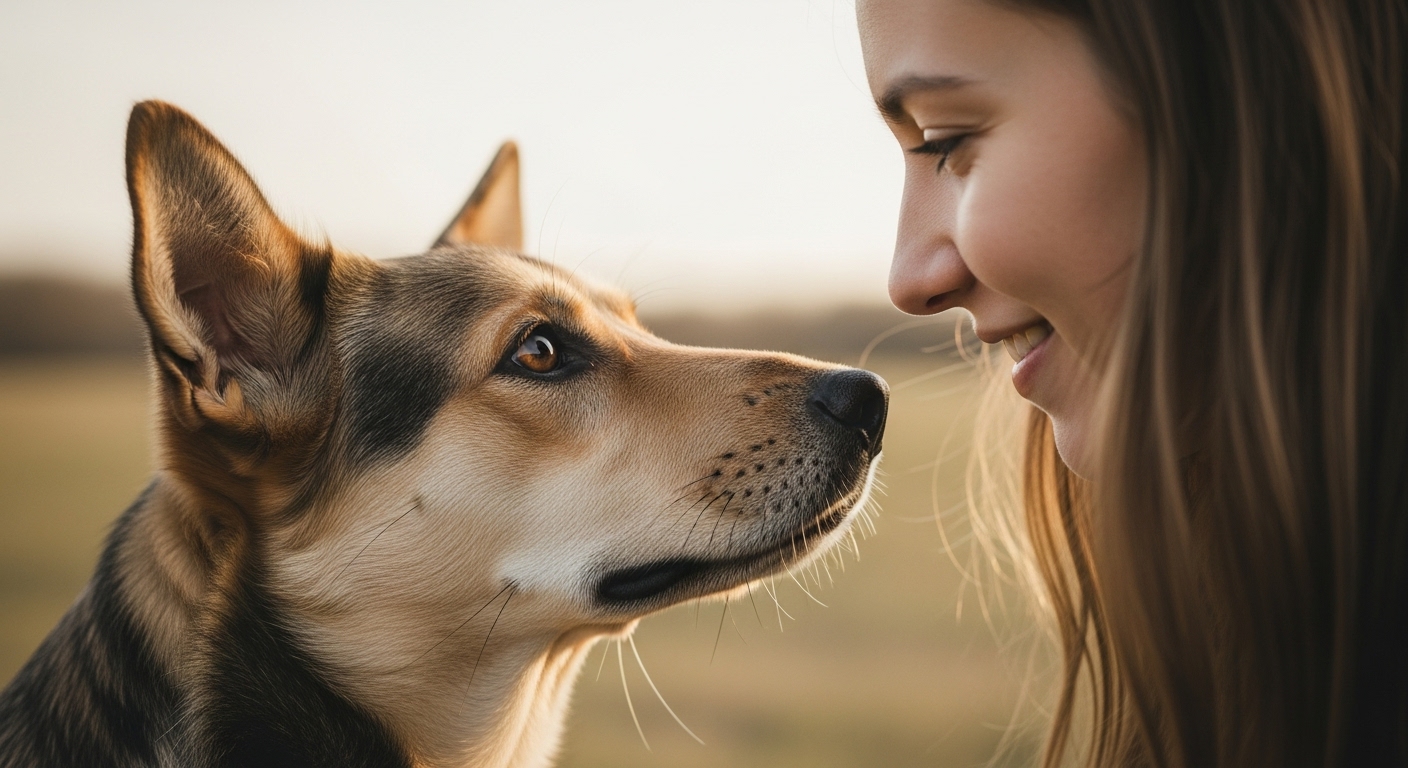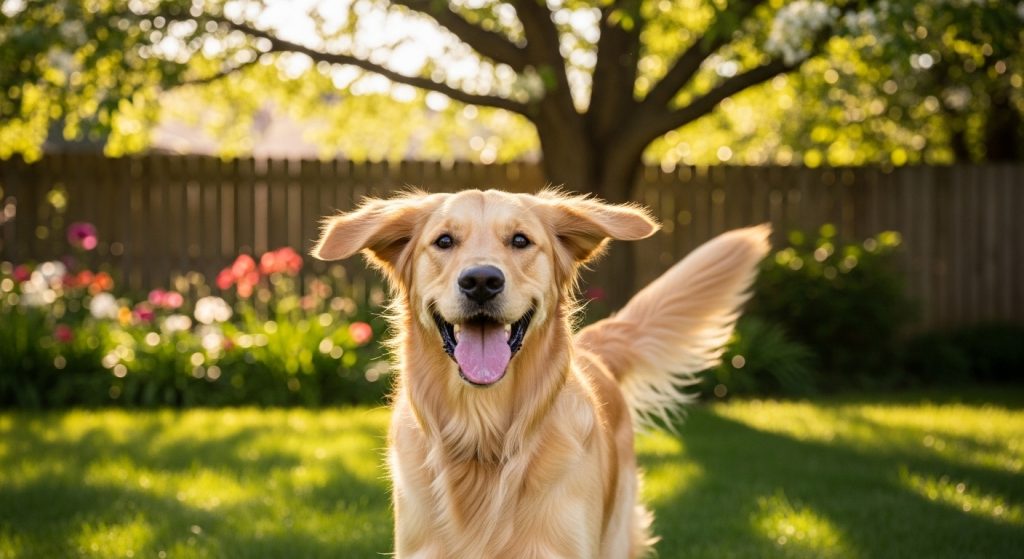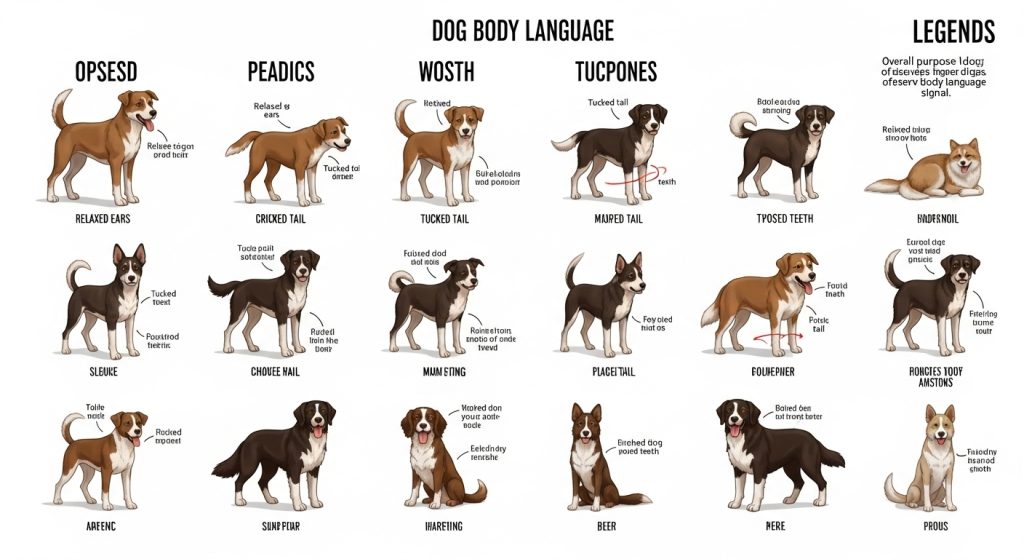Why Understanding Dog Body Language Matters
Dogs communicate primarily through body language, not words. Every tail wag, ear tilt, or posture tells a story. Learning to interpret your dog’s body language can help you understand what your pet is feeling — whether they are happy, scared, anxious, or excited.
Unlike humans, dogs can’t express emotions through speech, so misreading their signals can lead to stress or even aggression. A simple misunderstanding, like interpreting a stiff tail wag as friendliness, could put both owner and dog in a difficult situation.
The Importance of Observation
To truly connect with your dog, observe them in different contexts:
-
During playtime
-
Around strangers or other dogs
-
While eating or resting
Each scenario can reveal subtle clues about their comfort level. For instance, a relaxed tail and soft eyes often signal happiness, while a tucked tail and stiff body indicate fear or discomfort.
When you understand your dog’s emotional cues, you can respond appropriately — comforting them, giving space, or rewarding positive behavior. This builds trust and emotional safety, creating a stronger bond between you and your furry friend.
Key Dog Body Language Signals and Their Meanings
Every part of your dog’s body can communicate something important. Here are the most common signals and what they mean:
Tail Position
-
High and stiff: Alert or dominant.
-
Low or tucked: Fear or submission.
-
Slow wagging: Uncertainty or cautious interest.
-
Fast wagging with relaxed body: Excitement and friendliness.
Ears
-
Forward: Curious or confident.
-
Pinned back: Fear, anxiety, or submission.
-
Sideways: Relaxed or neutral.
Eyes
-
Soft gaze, blinking: Calm and relaxed.
-
Wide eyes, showing white (“whale eye”): Stress or discomfort.
-
Hard stare: Warning sign — the dog might feel threatened.
Mouth and Expression
-
Relaxed mouth, tongue out: Happy and comfortable.
-
Closed mouth, tense jaw: Nervous or alert.
-
Lips pulled back, showing teeth: Defensive or aggressive warning.
Overall Body Posture
-
Loose and wiggly: Playful and happy.
-
Rigid and tense: Alert or threatened.
-
Crouched low: Fearful or submissive.
-
Play bow (front legs down, rear up): Invitation to play.
Bonus Tip – Context is Key
Always interpret dog body language within context. A wagging tail isn’t always friendly — if the rest of the body looks stiff or tense, it could mean the opposite.
By paying attention to multiple signals together (tail, ears, eyes, and posture), you’ll get a more accurate understanding of your dog’s true feelings.
How to Respond to Your Dog’s Body Language
Understanding your dog’s signals is only half the journey — responding correctly is what strengthens your bond and keeps both of you safe.
When Your Dog Is Happy
If your dog has a loose body, wagging tail, and soft eyes, they’re content. You can encourage this by:
-
Maintaining calm energy
-
Offering praise or treats
-
Spending quality playtime
When Your Dog Feels Fearful or Anxious
A fearful dog might lower their body, tuck their tail, or avoid eye contact. Don’t force interaction. Instead:
-
Give them space and a quiet environment
-
Avoid sudden movements or loud noises
-
Offer comfort gently without pressure
Over time, positive reinforcement will help rebuild confidence and trust.
When Your Dog Shows Aggression
Signs of aggression include stiff posture, growling, and baring teeth. This is a serious warning. Stay calm and:
-
Do not yell or punish
-
Avoid direct eye contact
-
Step away slowly
-
Consult a certified trainer or behaviorist if it persists
Building Long-Term Trust
Reading and responding to dog body language helps prevent behavioral problems. It also makes training easier because your dog feels safe and understood. Consistent observation, empathy, and respect for their space will turn you into the kind of owner your dog truly trusts.

Learning to read dog body language isn’t just about avoiding problems — it’s about deepening your relationship with your furry companion. From the tilt of their head to the wag of their tail, every movement tells you something. With patience and practice, you’ll soon understand your dog’s unspoken language better than words ever could.



